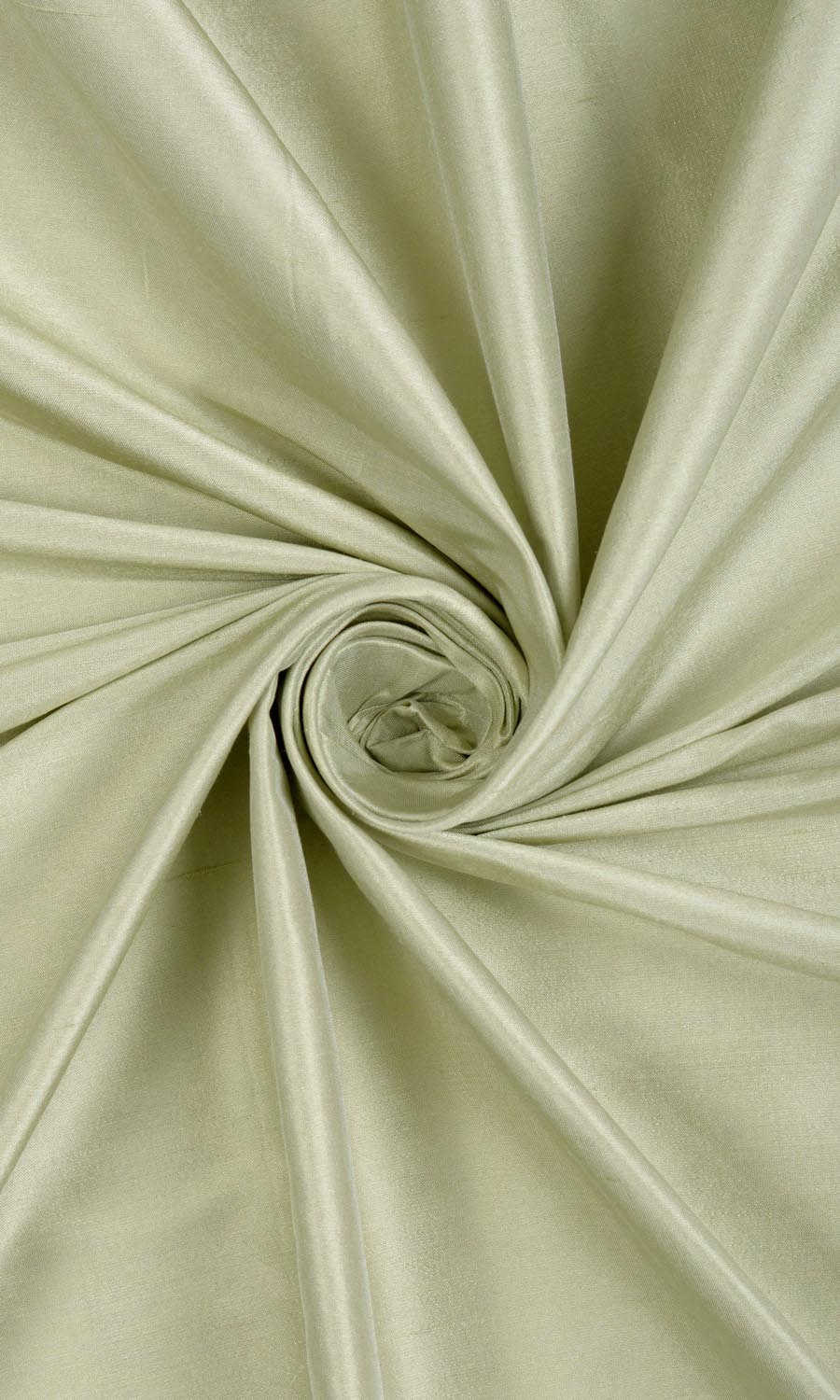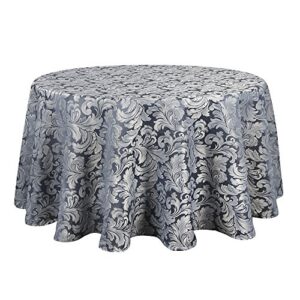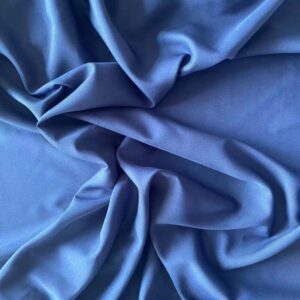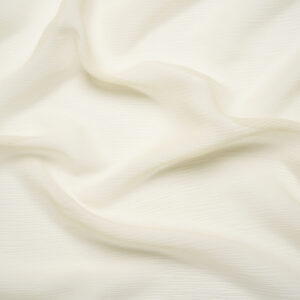How to Match Olive Silk with Other Fabrics?

Creating harmonious and stylish garments or home decor involves understanding fabric compatibility. Olive silk, with its luxurious sheen and rich color, can be paired with various fabrics to achieve stunning results. This article explores the nuances of matching olive silk with other materials, providing insights into compatibility, benefits, challenges, and practical tips.
Introduction
Fabric compatibility is crucial in fashion and sewing to ensure a cohesive look and feel. Olive silk, known for its elegance, can be combined with other fabrics to enhance design. This guide will help you understand how to effectively mix olive silk with other textiles, offering practical advice and sewing tips.
Compatibility Analysis
Yes, olive silk can be successfully paired with other fabrics. The key is understanding the properties of each material. Olive silk works well with fabrics like cotton, linen, and wool due to complementary textures, weights, and care requirements. However, it’s essential to consider factors such as texture, weight, stretch, care requirements, and durability.
Key Compatibility Factors:
- Texture: Silk’s smooth texture pairs well with slightly rougher fabrics like linen for contrast.
- Weight: Similar weights ensure a balanced drape.
- Stretch: Avoid pairing with highly elastic fabrics to prevent distortion.
- Care Requirements: Ensure care instructions align to avoid damage.
- Durability: Consider the wear resistance of each fabric for longevity.
Fabric Properties Comparison Table
| Property | Olive Silk | Cotton | Linen | Wool |
|---|---|---|---|---|
| Fiber Content | Natural | Natural | Natural | Natural |
| Weight and Thickness | Light to Medium | Light to Medium | Medium | Medium to Heavy |
| Breathability | High | High | High | Moderate |
| Stretch and Elasticity | Low | Low | Low | Moderate |
| Wrinkle Resistance | Moderate | Low | Low | Moderate |
| Care Instructions | Dry Clean/Hand Wash | Machine Wash | Machine Wash | Dry Clean |
| Durability | Moderate | High | High | High |
Benefits of Mixing These Fabrics
- Enhanced Texture and Visual Interest: Combining silk with textured fabrics like linen creates a visually appealing contrast.
- Improved Comfort and Performance: Silk’s breathability complements the comfort of cotton.
- Better Drape and Movement: Silk’s fluidity enhances the drape of structured fabrics like wool.
- Cost-Effectiveness: Mixing silk with less expensive fabrics like cotton can reduce costs.
- Seasonal Versatility: Silk’s natural temperature regulation pairs well with warm or cool fabrics for year-round use.
- Design Possibilities: Mixing fabrics allows for creative design elements in fashion and home decor.
Potential Challenges
- Different Shrinkage Rates: Prewash fabrics to prevent uneven shrinkage.
- Conflicting Care Requirements: Choose fabrics with compatible care needs.
- Texture Clash or Pilling: Test fabric swatches to avoid texture clashes.
- Seam Puckering: Use appropriate sewing techniques to prevent puckering.
- Color Bleeding or Fading: Test for colorfastness before combining fabrics.
Practical Solutions:
- Prewash and test fabrics.
- Use a universal needle for sewing silk and cotton.
- Stabilize seams with interfacing where necessary.
Sewing & Styling Tips
- Sewing Techniques: Use French seams for a polished finish.
- Needle and Thread: Use a fine needle (size 70/10) and silk thread for smooth stitching.
- Interfacing Needs: Lightweight interfacing helps stabilize silk without adding bulk.
- Seam Finishing: Consider using a serger for clean edges.
- Pattern Selection: Choose patterns with simple lines to showcase fabric drape.
- Styling Ideas: Pair olive silk blouses with linen trousers for a chic look, or use in home decor for elegant drapery.
Care & Maintenance Guide
- Washing Instructions: Hand wash silk or use a delicate cycle; machine wash cotton and linen.
- Drying Recommendations: Air dry silk and wool; tumble dry cotton and linen on low heat.
- Ironing and Steaming Tips: Use a low heat setting for silk; steam wool to remove wrinkles.
- Stain Removal: Use gentle stain removers suitable for silk.
- Long-Term Care: Store silk garments away from direct sunlight to prevent fading.
FAQ Section
-
Can you wash olive silk and cotton together?
- It’s best to wash silk separately to preserve its quality.
-
Will olive silk shrink more than linen?
- Silk may shrink slightly; prewash both fabrics to prevent issues.
-
What needle size should I use for sewing silk and wool together?
- Use a fine needle, such as size 70/10, for delicate fabrics like silk.
-
Can you mix olive silk and wool in one garment?
- Yes, they can be combined for elegant, structured garments.
-
How do you prevent seam puckering when combining these fabrics?
- Use appropriate tension settings and sewing techniques.
-
Is it okay to mix olive silk and linen for upholstery?
- Yes, but ensure both fabrics are treated for durability.
-
What’s the best way to finish seams with these fabrics?
- Use French seams or a serger for a clean, professional finish.
By understanding the properties and compatibility of olive silk with other fabrics, you can create stunning and durable garments and decor. Use these tips and insights to explore new design possibilities and enhance your sewing projects.




Leave a Reply